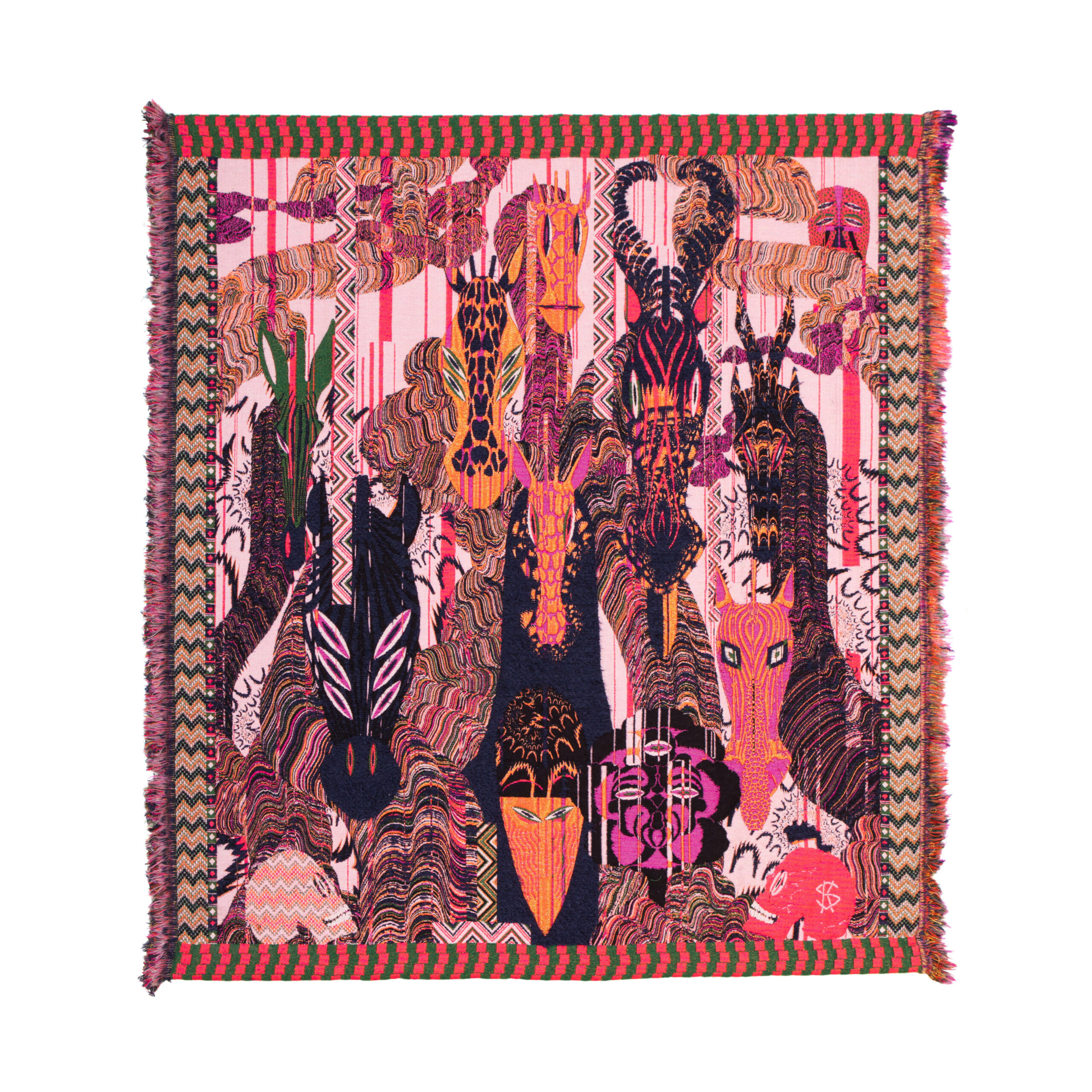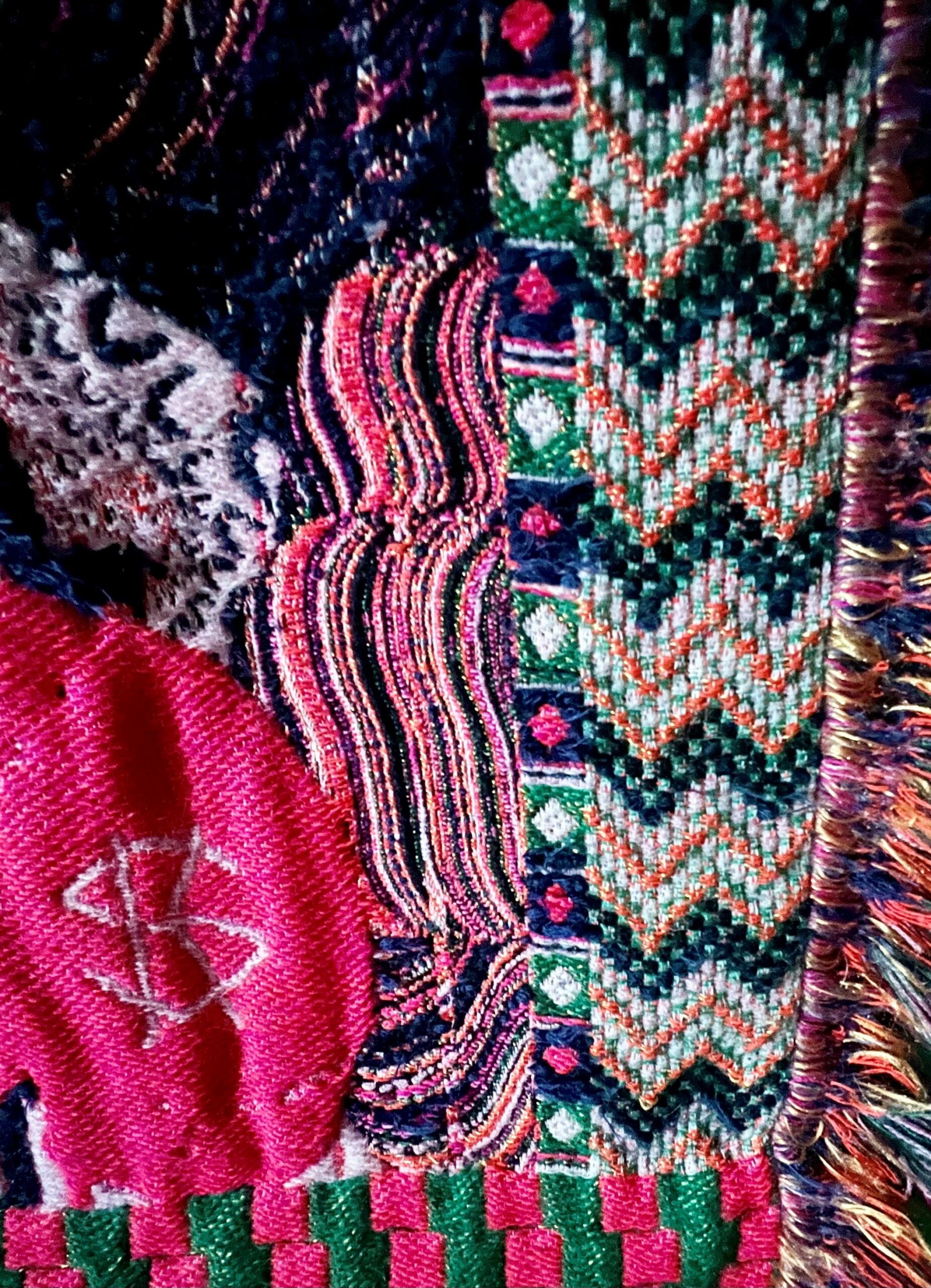ZENITH BY KUSTAA SAKSI (FI)
MATERIAL : JACQUARD WEAVE – MOHAIR WOOL, MERINO, BIOFUR COTTON, ACRYL, ECO-COTTON
DIMENSIONS : L.170 X H.190 CM
YEAR : 2016
PRICE : € 12,500
Need more info?
Contact
+32 476 999 717
Hello@carolinenotte.com
Avenue Fond’Roy 105, 1180 Uccle- Belgium




